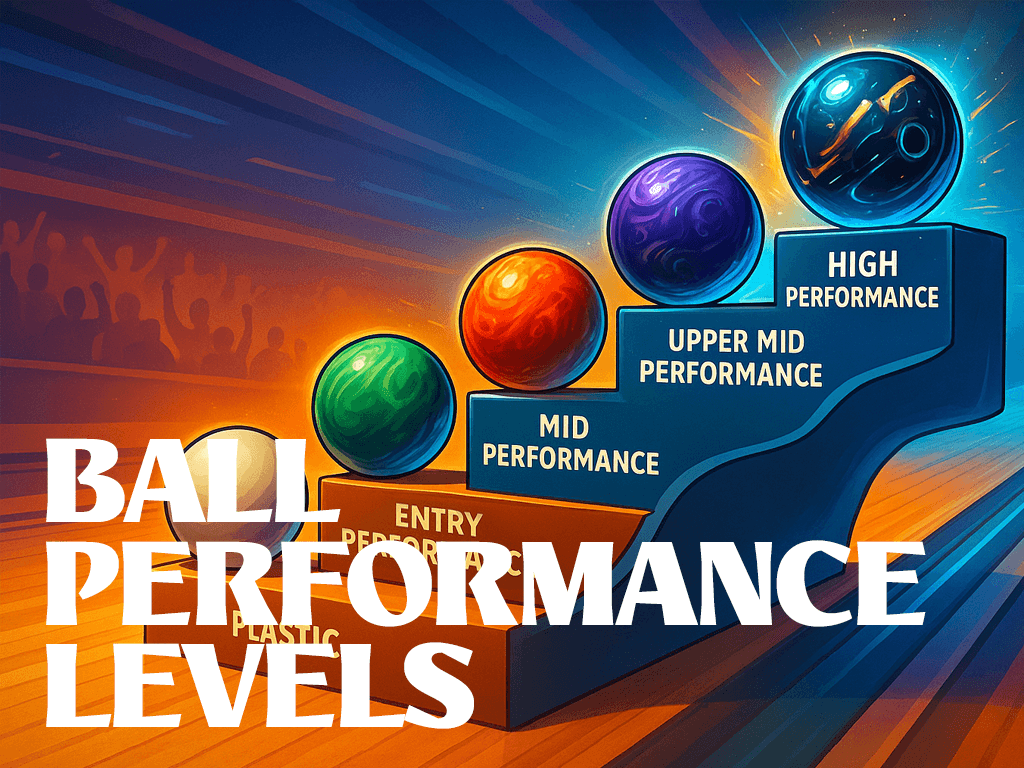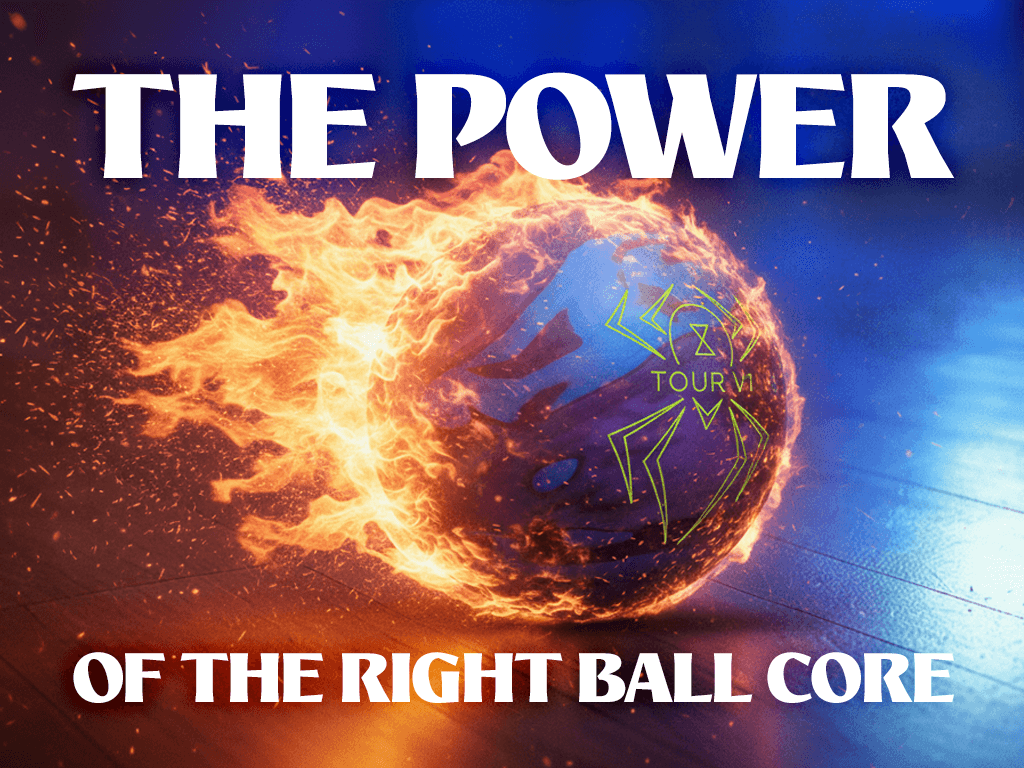Learning About Bowling Balls: Lane Conditions
Posted Jun 18, 2024 In: Bowling Ball Knowledge | Bowling Balls | Bowling Balls How To | Bowling Knowledge | Bowling Technology | Bowling TermsBy Bowling.com
For bowlers at any level, understanding lane conditions and oil patterns is crucial to consistency and scoring. The oil pattern laid down on the lanes has a massive effect on how much a bowling ball will hook and react. We discussed this a bit in our post on Hook Potential. So this means that understanding your house oil conditions, along with knowing your skill level, will help you choose the bowling ball that's right for you!

On the professional levels like the PBA Tour, extremely challenging oil patterns are employed to test the skills of the best players. Patterns like the cheetah, viper, and U.S. Open tend to have very dry outside portions that enhance backend hook potential. But the middle remains very oily, requiring pros to walk a tightrope by playing the ideal line and speed to strike.
For league and more advanced amateur bowlers, more common house patterns are used that are far more forgiving. These "house shots" still have an oil volume gradient from the outside to middle, but the transitions are much more gradual. Popular examples are the house shot #2 which has an even distribution of mid-volume oil, or butterflies and outlets that have streaks of higher oil volume.
On the opposite end, many centers have very light oil patterns for their recreational family-oriented bowling. With little side-to-side taper, these "burn patterns" allow bowlers of any skill level to have success by throwing very straight lines without worrying about compensating for hook. The oil volume is so thin that backend reaction is minimized.
No matter the pattern, a key factor is how that oil breaks down and carries oil as frames are bowled. As more games are played on the same lane, the heads (initial 15-20 feet) dry up from absorption and burnishing, while games of carrydown oil pushed from the balls add volume in the backends. Making adjustments as these transition shifts occur is critical to shooting higher scores. Sometimes that adjustment might even mean pulling a different bowling ball out of your bag.
High-Performance Balls ON SALE
Once you grab a coupon check out the awesome deals above! We have all the bowling gear you're looking for at the kind of deals that make it easy to upgrade.

















